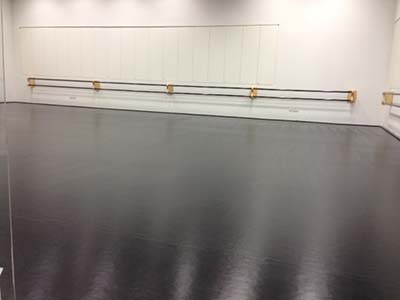Enhancing Ingenuity With Hue Principles in Light Emitting Diode Movement Surface Creations
Enhancing Ingenuity With Hue Principles in Light Emitting Diode Movement Surface Creations
Blog Article
Color theory is a crucial aspect of design, particularly when it relates to creating light-emitting diode dancing floors. The interaction of colors can greatly influence the atmosphere and energy of a venue. Through understanding how hues function together, creators can create an ambiance that improves the total encounter for dancers. This article examines the fundamentals of color principles and its use in light-emitting diode dance floor layouts.
The primary colors are red, blue, and golden. These hues cannot created by mixing other colors combined. Intermediate hues, such as emerald, tangerine, and violet, are formed by combining main hues. Third-level hues are created by mixing a primary color with a intermediate hue. Grasping these fundamental connections helps designers choose colors that complement one another and produce a aesthetically pleasing show. Mixing these colors on an light-emitting diode dancing surface can result to dynamic and exciting effects that attract the focus of participants.
Hue value also holds a crucial part in design. Colors can be classified as hot or chill. Warm colors, such as red, orange, and golden, often to evoke feelings of excitement and warmth. In opposition, chill colors like blue, emerald, and purple often create a calm and tranquil environment. Designers can visit site use these color values to establish the ambiance for different types of events. For instance, a celebration atmosphere may benefit from hot hues that energize the crowd, while a more relaxed event might employ cool hues to offer a calming influence.
In furthermore to hue combinations and temperature, brightness and saturation are vital factors to take into account. Brightness refers to how light or dim a hue looks, while intensity measures the intensity of a color. Vivid, intense colors can create a vibrant and lively environment, ideal for dancing floors. On the other hand, gentler, lower saturated hues can generate a more subdued environment. Through manipulating luminosity and saturation, designers this content can draw attention to specific sections of the dancing floor or establish sight routes, leading dancers through the space.
Finally, it is crucial to consider the emotional effects of hue in LED dance floor layouts. Different colors can elicit different emotions and responses. For instance, red is often associated with zeal and vitality, while azure can be calming and peaceful. Grasping these connections enables creators to strategically apply colors to affect the behavior of dancers. Through integrating color theory into LED dance floor layouts, designers can enhance the overall encounter, rendering it unforgettable and pleasurable for all involved.